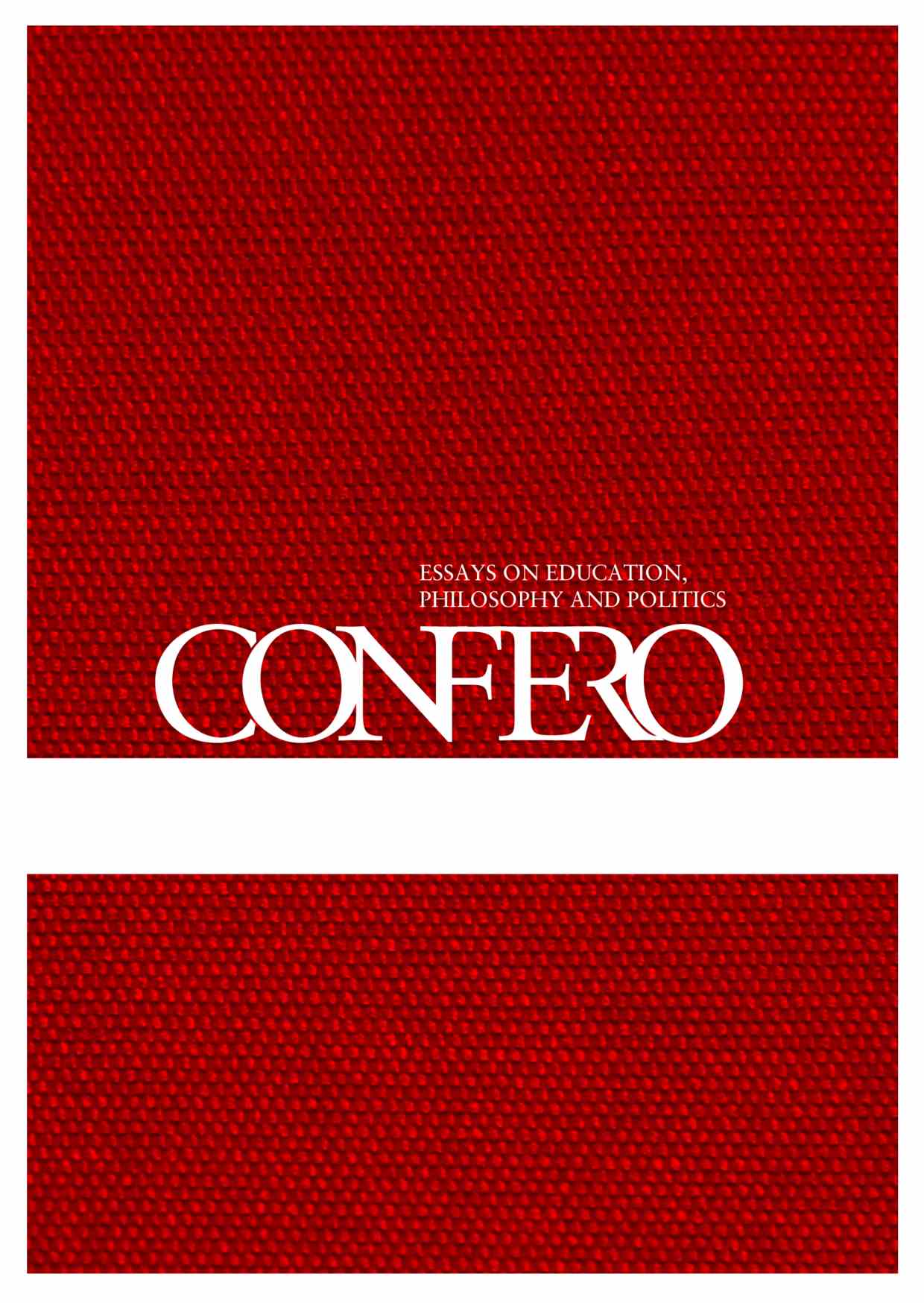The Silicon Other
Crafting a Technoecology of Posthuman Performativity
DOI:
https://doi.org/10.3384/confero.5465Keywords:
Technoecology, Posthuman Performativity, Artistic research, Artificial Intelligence, Non-human Agency, Generative AI, Digital Art, Human-Biased Thought, Robotics, Alien Aesthetic, Creative Autonomy, Computational Performativity, More-than-human Intelligences, Aesthetic Agency, Collaborative CreativityAbstract
The text discusses the evolving relationship between artificial intelligence, robotics, and art, emphasizing a shift from traditional human-centered approaches to a more integrated, posthuman perspective, arguing for a radical rethinking of the role of the artist as part of a larger, technoecological system where creativity emerges from collaboration between humans, machines, and the environment.
References
Adam Harvey Studio. (n.d.). Circular Deffusion. https://adam.harvey.studio/circular-diffusion/ (Accessed 2024-08-28)
Barad, K. (2003). Posthumanist performativity: Toward an understanding of how matter comes to matter. Signs: Journal of women in culture and society, 28(3): pp 801-831. https://www.journals.uchicago.edu/doi/epdf/10.1086/345321 (Accessed 2024-08-28)
Butoh encounters. (2023) .Limit(less) – the film. https://www.butoh-encounters.com/limitless-film (Accessed 2024-08-28)
Danto, A. C. (1981). The transfiguration of the commonplace: a philosophy of art. Harvard University Press.
Fazi, B. (2019). Digital Aesthetics: The Discrete and the Continuous. Theory, Culture & Society. 36(1): pp. 3–26
Gibson, J.J. (1966) The senses considered as perceptual systems.
Haraway, D. (1991). A Cyborg Manifesto: Science, Technology, and SocialistFeminism in the Late Twentieth Century. Simians, Cyborgs and Women: The Reinvention of Nature (New York; Routledge, 1991). pp. 149-181.
Haraway, D. (2015). Anthropocene, capitalocene, plantationocene, chthulucene: Making kin. Environmental humanities, 6(1), 159-165.
Hayles, N. K. (2012). How we think: Digital media and contemporary technogenesis. University of Chicago Press.
Kelly, K. (2010). What technology wants. Penguin.
Lacey, N. J., & Lee, M. H. (2003). The epistemological foundations of artificial agents. Minds and Machines, 13, 339-365.
Lanier, J., & Weyl, E. G. (2018). A blueprint for a better digital society. Harvard Business Review, 26, 2-18.
Massumi, B. (2002). Shock to Thought. London: Routledge.
Moore, J. W. (2014). The capitalocene. Part I: On the Nature & Origins of Our Ecological Crisis, 2014, 1-38.
National Library of Scotland. (n.d.). Artist in Residence: Marion Carré. https://data.nls.uk/projects/artist-in-residence-marion-carre/ (Accessed 2024-08-28)
Parisi, L. (2019). The alien subject of AI. Subjectivity. 12: pp 27–48. https://doi.org/10.1057/s41286-018-00064-3 (Accessed 2024-08-28)
Robin Jonsson. (n.d.). Robin Jonsson / Lost in time. https://www.robinjonsson.net/choreography (Accessed 2024-08-28)
Stelarc. (n.d.). Stelarc. http://stelarc.org/_.php (Accessed 2024-08-28)
Stephanie Dinkins. (n.d.). projects. https://www.stephaniedinkins.com/projects.html (Accessed 2024-08-28)
Stiegler, B. (2018). The neganthropocene. Open Humanities Press.
Survival Research Laboratories. (n.d.). SRL Shows and Installations. https://www.srl.org/shows.html (Accessed 2024-08-28)
Trevor Paglen. (n.d.). ImageNet Roulette.
https://paglen.studio/2020/04/29/imagenet-roulette/ (Accessed 2024-08-28)
Varvara & Mar creative studio / visual artists. (n.d.). Artworks. https://var-mar.info/ (Accessed 2024-08-28)
Wimeo. (n.d.). Louis-Philippe Demers. https://vimeo.com/lpdemers (Accessed 2024-08-28)
Åsberg, C. (2024). Promises of Cyborgs: Feminist Practices of Posthumanities (Against the Nested Crises of the Anthropocene). NORA—NORDIC JOURNAL OF FEMINIST AND GENDER RESEARCH. 32(2): pp. 125–145. https://doi.org/10.1080/08038740.2023.2294194 (Accessed 2024-08-28)
Downloads
Published
Issue
Section
License
Copyright (c) 2025 Alessandra Di Pisa, Robert Stasinski

This work is licensed under a Creative Commons Attribution 4.0 International License.
As Confero is an open access journal, this means that anyone who can access the Internet can freely download and read the journal. There are no commercial interests for Linköping University Electronic Press or Confero in publishing the journal.
The core idea of open access is that copyright remains with the author(s). However, we publish with the agreement of the author that if she or he decides later to publish the article elsewhere, that the publisher will be notified, prior to any acceptance, that the article has already been published by Confero.
When publishing with Confero, it is with the agreement of the author that if they make their article available elsewhere on the internet (for example, on their own website or an institutional website), that they will do so by making a link to the article as published in Confero using the Digital Object Identifier (DOI) number of the article and acknowledge in the text of the site that the article has been previously published in Confero.
As evident by the markers on our homepage, Confero falls under the Creative Commons licence abbreviated BY. This means that we allow others to use, spread and elaborate on the published articles, as long as they acknowledge who published it and where it was originally published.



